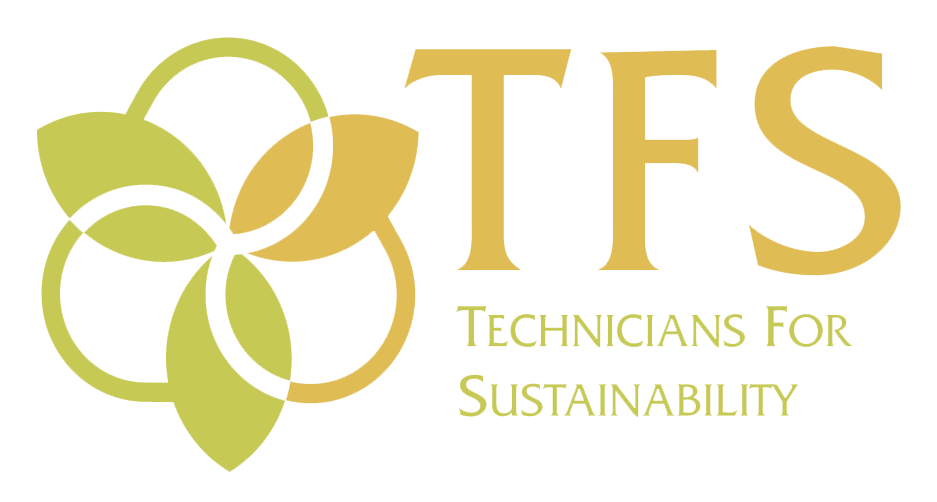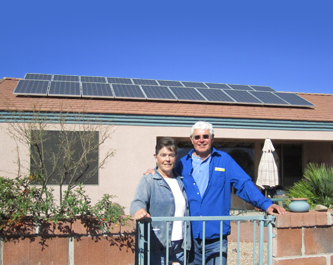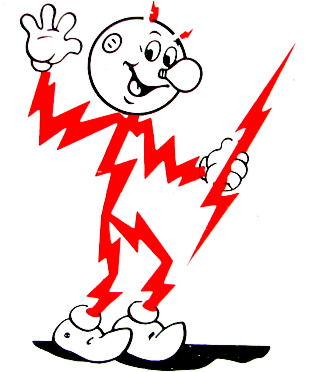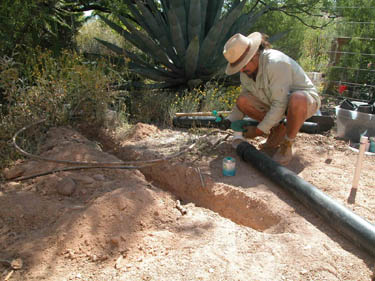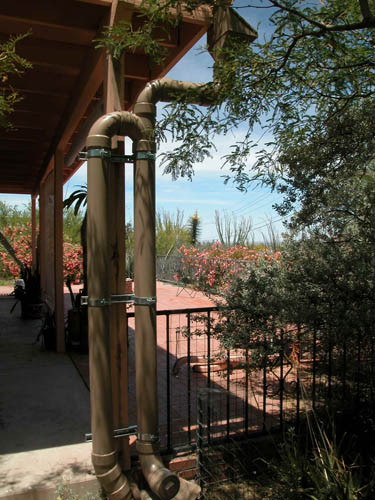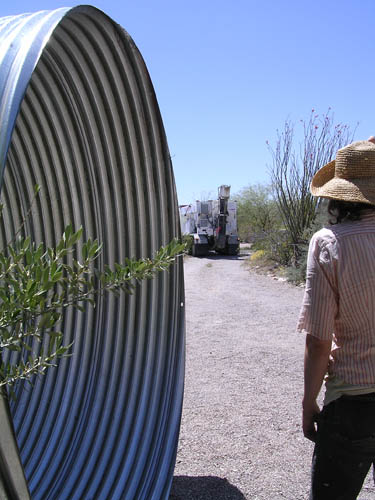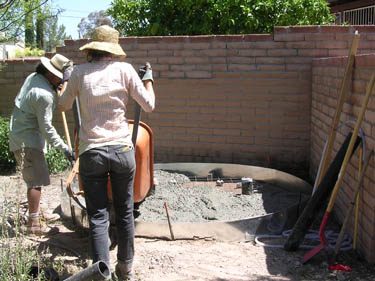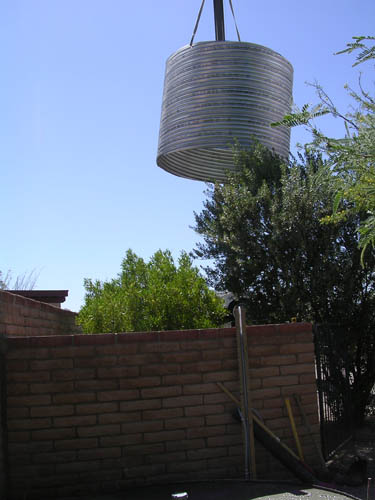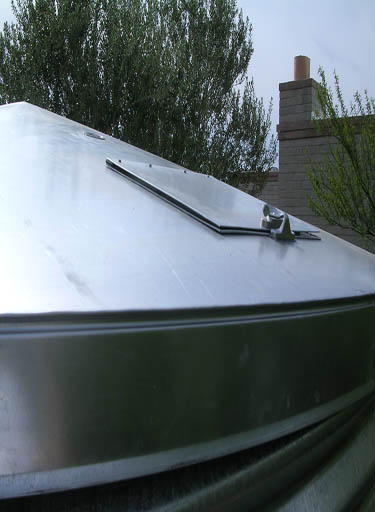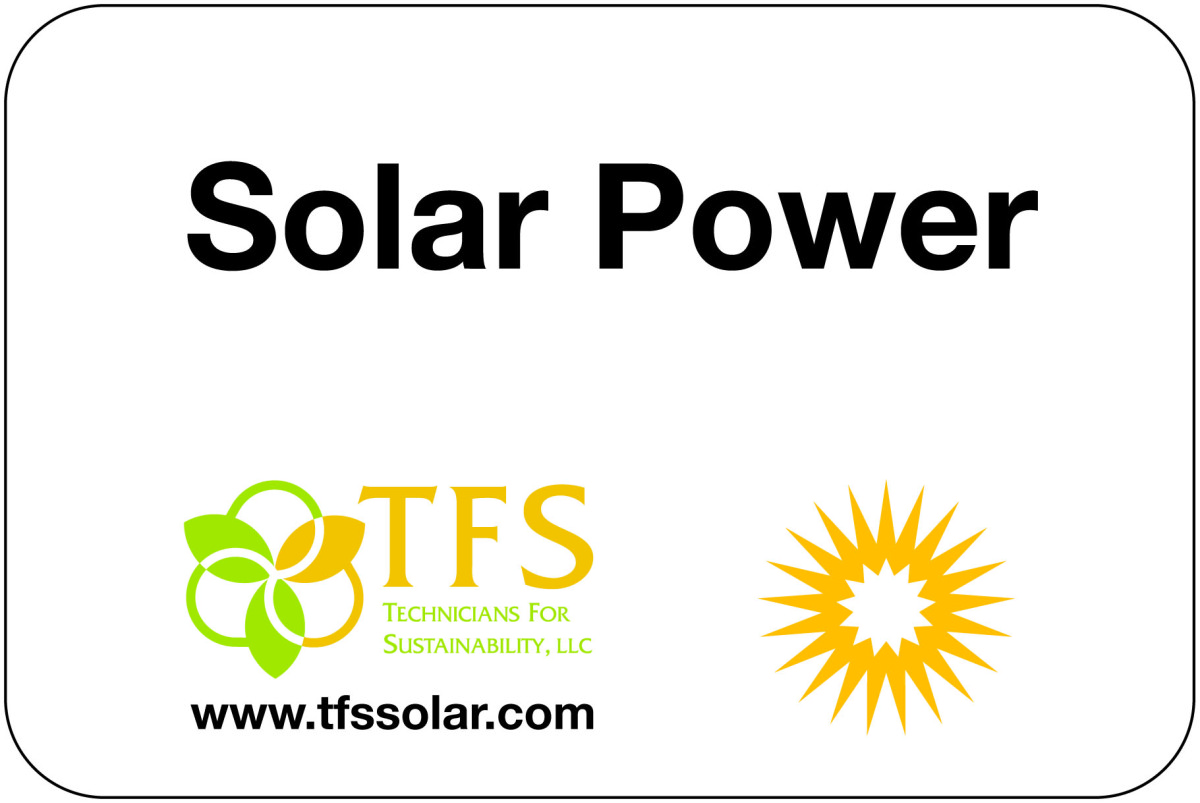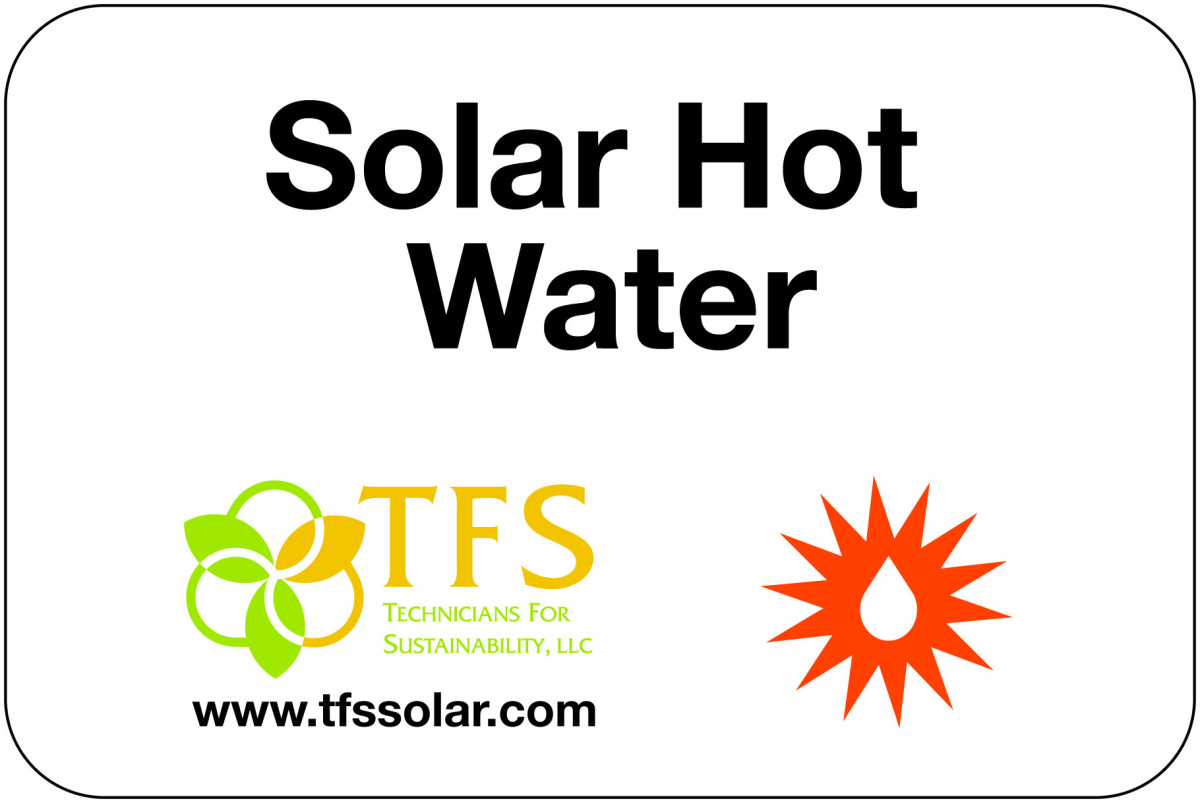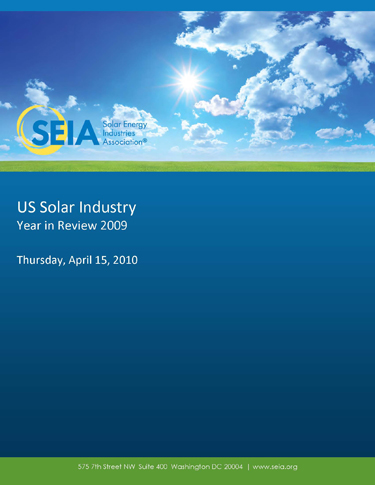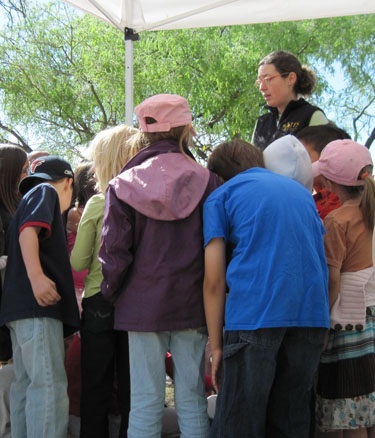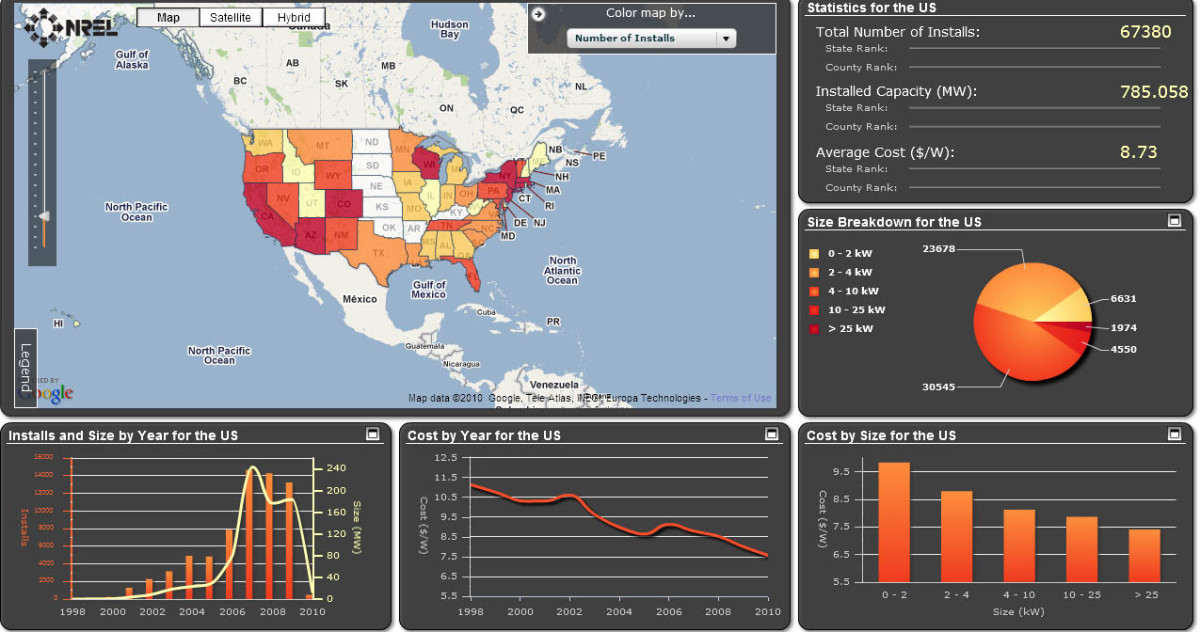 Join us August 26th at 6:30pm for a captivating 1-hour talk, "Water Wanderings and More in the Middle East", with Brad Lancaster, author of the award-winning Rainwater Harvesting for Drylands and Beyond.
In this presentation, Brad will share inspiring stories and images gleaned during two recent trips to the Middle East: a U.S. State Department-sponsored trip to Jordan and Saudi Arabia in 2009, and a return trip to the region in 2010 to teach permaculture in Palestine and conduct research in Syria and Israel.
Join us August 26th at 6:30pm for a captivating 1-hour talk, "Water Wanderings and More in the Middle East", with Brad Lancaster, author of the award-winning Rainwater Harvesting for Drylands and Beyond.
In this presentation, Brad will share inspiring stories and images gleaned during two recent trips to the Middle East: a U.S. State Department-sponsored trip to Jordan and Saudi Arabia in 2009, and a return trip to the region in 2010 to teach permaculture in Palestine and conduct research in Syria and Israel.
Topics Include: sustainable groundwater extraction with ancient gravity-fed qanats; the forgotten and refound cisterns of old Jeddah; revived Nabatean runoff farms producing almonds, carob, olives, pomegranates, grapes, figs, and more on just 4 inches (50 mm) of rain per year; rainwater tea; revolving community loan funds; water wise women of Jordan; tank culture in a water-truck culture, the spiral cisterns of the Bell Caves, salvaged plastic bottle irrigation, and kanafa.
Where: TFS's downtown location - 612 N. 7th Avenue, 85705. Car parking available on the North side of 5th Street. Plenty of bike parking available.
Cost: This is a free community presentation!
About Brad Lancaster:
Brad Lancaster is the author of the award-winning Rainwater Harvesting for Drylands and Beyond (www.HarvestingRainwater.com). Living on an eighth of an acre in downtown Tucson, Arizona, where rainfall is less than 12 inches annually, Brad practices what he preaches by harvesting over 100,000 gallons of rainwater a year. Brad is also a permaculture teacher, designer, consultant and co-founder of Desert Harvesters (DesertHarvesters.org).
RSVP Encouraged:
Please RSVP by August 19th. Light refreshments will be served. To reserve your spot, please email TFS community outreach coordinator Aimee King at aimee@tfssolar.com or call 740-0736.
